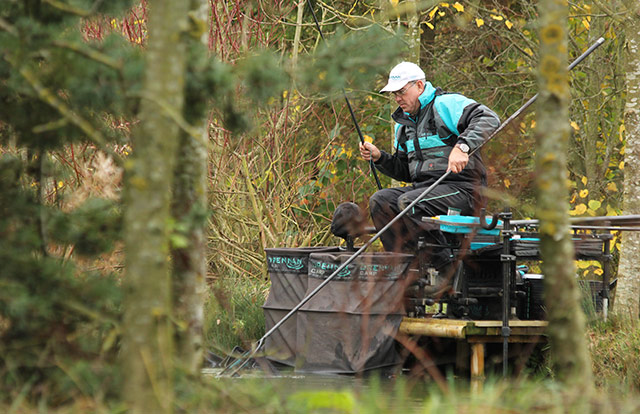Alan Scotthorne is on an unbelievable run of form on festivals, so we got the England ace to share some of his learnings from the past few weeks:
I have had a tremendous run this year, particularly on the festival scene, with a 2nd on the White Acres Guru Festival, a 1st on the White Acres Milo Festival and another win in the latest Lindholme Festival. My fishing on these commercial type waters has definitely improved due to the fact that the European Champs is later this year. That has given me more time to concentrate on these events. The name of the game is to win sections and here are a few tips to help you when it comes to fishing these points-run matches…
1. Do Your Own Thing

This may be a strange statement, but I now try to steer clear of asking what method has been best on any given swim that I draw, particularly as the week progresses. I like to know what species have been feeding best but not how they have been caught. Every day at places like White Acres in Cornwall the fishing conditions can change all through the week.
For instance, on Twin Oaks lakes when it’s flat calm it’s difficult to catch close in, but put a wind on the water and fish will be much more confident feeding as close as three metres from the bank. So, with this in mind I prefer to go to each peg and assess the conditions and fish accordingly.
Since I’ve done this I definitely make fewer mistakes and have not got anything clouding my judgment. Who is to say that the person who fished that peg the day before got the best from it anyway? Also, taking too much notice of what comes off a swim the day before can put you on a less positive note than going with a positive attitude to a new day.
Often pegs that produce big weights are never as good after the fish have been caught. Many anglers will say you are on a flyer, but often these are the pegs that you really don’t want to be on or you need to catch the fish in a different way to how they have been battered the day before.
2. The Fine Line

Fishing finer lines in the first part of a match will often get you more bites and put more fish in the net when the fish really don’t want to feed. I am now a massive fan of the new Drennan Supplex Fluorocarbon. When I have tried fluoro lines in the past I’ve often found it too brittle and it wouldn’t stand up to catching large amounts of fish. Supplex Fluorocarbon is different and I’ve landed some very big carp on just 0.12mm and 0.13mm hooklengths, giving me super confidence in it.
It’s accurate in diameter and in 0.15mm it’s unbelievably strong for catching quickly in the closing stages of a match when fish feed more freely. This line is also almost invisible in water and I’m looking for all the advantages I can get. The odd pound here and there can be a big difference in the end result.
3. Waggler Wonder
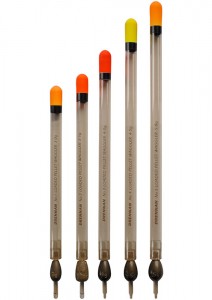
I have caught a lot of fish with a pellet waggler in all three festivals but the thicker, clumsy floats of old are no longer in my box as I prefer to use thinner clear plastic Drennan Glow Tip Carp Wagglers and Loaded Pellet Wagglers.
When casting to bank sides and into shallow water I fit them with a plastic dive disc. The float now doesn’t scare these wary fish that hug the far bank. This was a revelation on Trelawney Lake, where I caught pinging 8mms to the island in the shallow water.
I find 0.20mm main line is now no good for this new approach so this has been replaced by 4lb (0.18mm) Feeder & Method Mono with an 8lb shock leader. This thinner main line makes casting much easier, plus it keeps the line straighter, which is a must to hook the bites from these crafty carp.
4. Refined Method
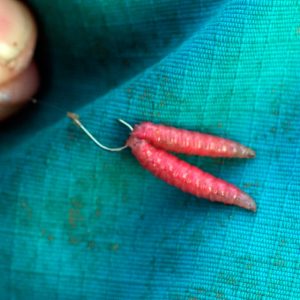
The Method feeder at this time of the year doesn’t seem as good when the fish are spawning and not really up for feeding properly. I have found that fishing a smaller feeder with dead maggot on the hook has been a lot more productive and with a 50/50 mix of pellets and groundbait, rather than neat pellets.
When the fish start feeding well again I am sure just micro pellets and a pellet hook bait will come to the fore again, but this maggot approach has been miles better for the last month or so.
Slightly longer hooklengths for me also seem better for the carp. I think that the fish are getting so wary of Method Feeders that they suck up the bait from a distance and so a normal 4in hooklength just doesn’t reach the carp’s mouth. This could also be why the lighter maggot hook bait has been scoring. Food for thought.
5. Worm’s Turn
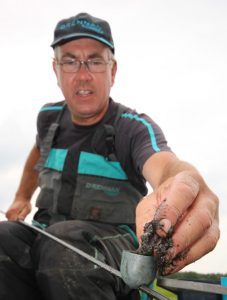
On the Lindholme Festival I found worms outscored pellets by a mile, to the point I only fed pellets at the start on two of the five days. I then changed to worms on these lines after an hour.
Rotating swims was most important and on one of the days I had five swims on the go! Keeping all these lines going with bait left me a little jaded by the end of the match but with a match win it was all worth it.
Loose feeding casters and Cad-potting chopped worms with a little black peat was the way to feed and this was a truly great week’s fishing.
6. Rigging Up
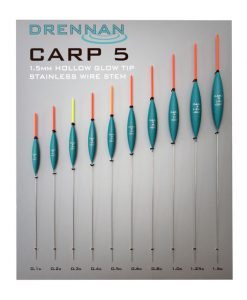
Float choice was a big thing at Lindholme and I used mostly the new Drennan Carp 5 floats. These have a thin, elongated body and a wire stem to a 1.5mm hollow plastic bristle. I shotted them down so I had less than 5mm of bristle showing above the water surface.
Fishing 0.12mm Supplex Fluorocarbon to a size 16 Kamasan B911 F1 hook baited with a worm head the size of a caster was the best hook bait. This was brilliant for both F1s and skimmers, but interestingly the tiniest little dips were the best bites from the biggest fish. These tiny dips only register if you are fishing almost dead depth. I’m sure it’s when the fish sucks in the bait but it doesn’t actually pull the float under, often ejecting the bait before you can strike.

